Wispa Mobile Hoist
The risk of sustaining injury can be greatly reduced by selecting appropriate equipment and by using it effectively. When choosing a mobile hoist, factors such as the environment in which it will be used - particularly space availability, floor surfaces and storage should be considered.
In addition, the hoist user-their type of disability, size and required level of independence should influence selection. For the carer, their physical strength and size are important factors.
Mobile hoists are designed to aid transfer, not for moving patients over distance. A Ceiling Mounted Hoist is more appropriate in this situation.
- Quick, rechargeable battery - only 3 hours from flat
- Extensive lifting range - from the floor to a high hospital bed
- 158 kg (25 stone) maximum load
- Quiet, smooth action
- Large castors 125mm (5") at rear aid steering and can be locked when in use
- Low leg height allows usage with a hi-lo bed
- Leg adjusting handle for quick and easy leg opening/closing. Allows the hoist to fit around a wheelchair or to close to pass through a narrow doorway.
- Complies with British, European and International standard BS EN ISO 10535
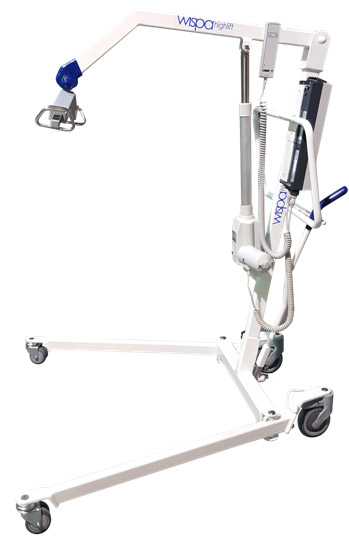
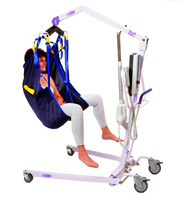
- Quick, rechargeable battery - only 3 hours from flat
- Extensive lifting range - from the floor to a high hospital bed
- 158 kg (25 stone) maximum load
- Quiet, smooth action
- Large castors 125mm (5") at rear aid steering and can be locked when in use
- Low leg height allows usage with a hi-lo bed
- Leg adjusting handle for quick and easy leg opening/closing. Allows the hoist to fit around a wheelchair or to close to pass through a narrow doorway.
- Complies with British, European and International standard BS EN ISO 10535
"Thank you for all your help and support on the project. As a company we will be using your services in the future on up and coming projects"
Createability Ltd






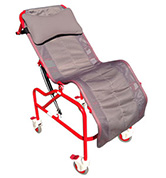
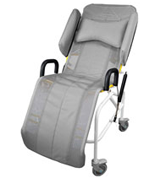
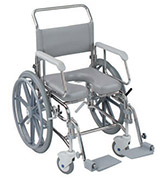

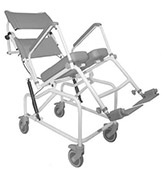
All material copyright Chiltern Invadex (UK) Ltd 2015
web site by Pixel Concepts